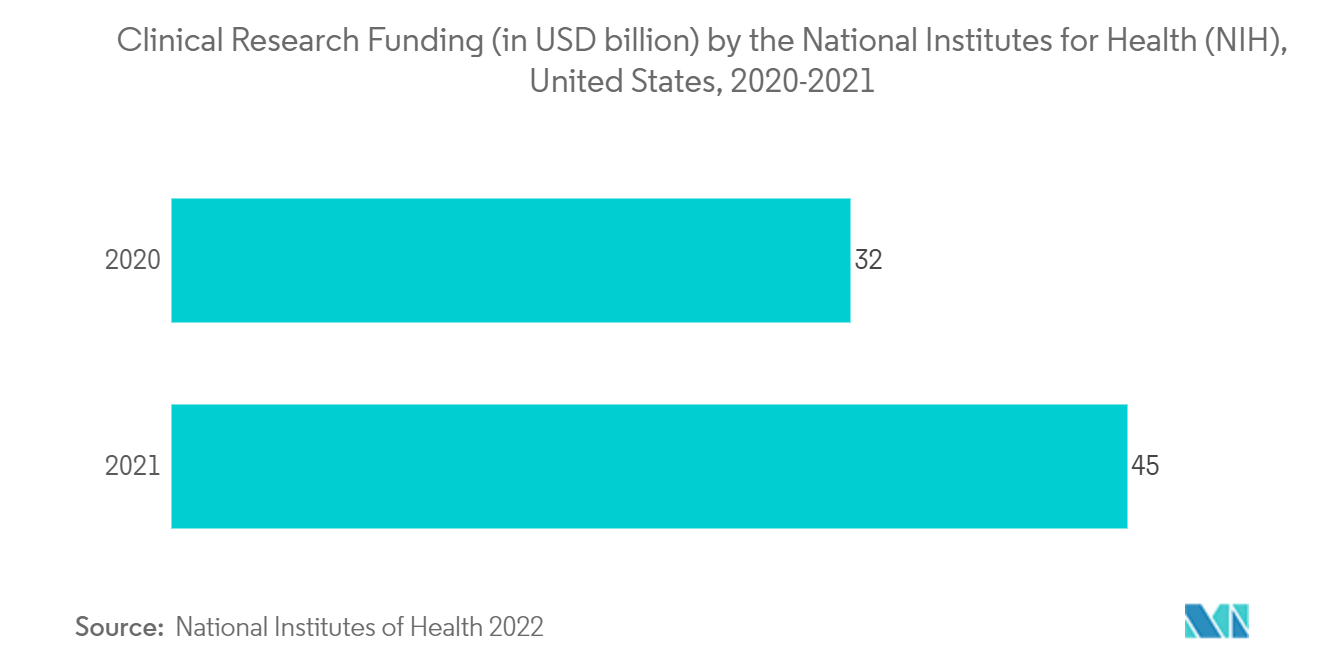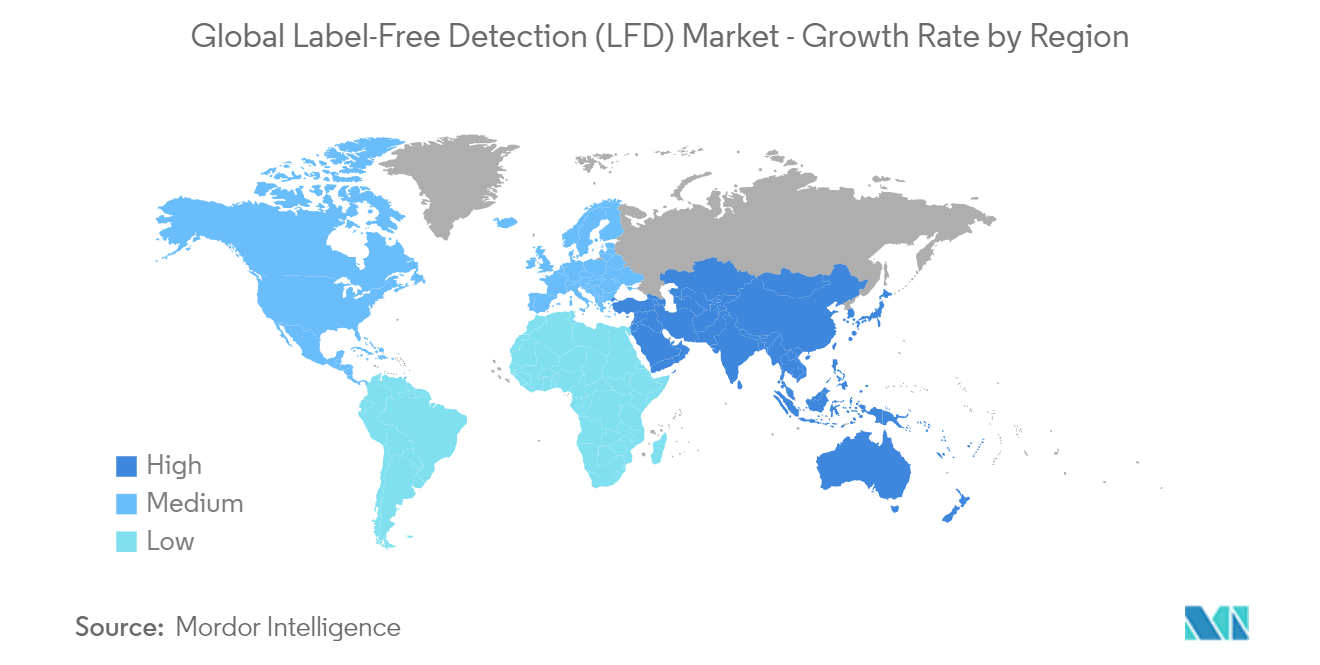Market Trends of Global Label-Free Detection (LFD) Industry
This section covers the major market trends shaping the Label-Free Detection Market according to our research experts:
Surface Plasmon Resonance (SPR) Segment is Expected to Hold Largest Share of Global Label-Free Detection (LFD) Market
In surface plasmon resonance, surface-immobilized molecular contact between the target and a specific bioreceptor led to a change in the refractive index (RI) carried out by the transducer in real-time. The surface plasmon resonance (SPR) technology segment is expected to hold a significant market share in the label-free detection market due to its wide application range and compatibility with a wide range of biomolecules. As per the national library of medicine article published in 2021, surface plasmon resonance (SPR) technology is one of the most used label-free detection methods due to its high sensitivity and versatility as well as the possibility for a real-time read-out and direct measurement. The surface plasmon resonance (SPR) technology sensors measure changes in the refractive index, which take place at the surface of a metal film where electromagnetic waves, called surface plasmons, propagate upon illumination. SPR can control small changes in the RI induced by molecular adsorption on a noble metal film (Zhang et al., 2013). To enhance SPR biosensing sensitivity, different methods have been used for signal enhancement such as AuNPs, AuNPs nanorods, and GO-AuNPs owing to their distinctive properties to improve biosensor sensitivity. As applied for miRNA detection and in the presence of miRNA-141, DNA-linked AuNPs-MoS2 nanocomposites act as signal labels, and a sandwich structure was formed on the SPR sensing surface. This assay is highly sensitive to the target with a detection limit of 0.5 fM also managed to determine miRNAs by an SPR assay involving GO-AuNPs hybrids as signal amplification. The assay allows the detection of miRNA in less than 30 min at concentrations down to 1 fM. Thus, owing to this advantage, the demand for this technology is increasing constantly. According to the National Institutes for Health (NIH), total clinical research funding by the National Institutes for Health (NIH) in 2020 and 2021 were USD 32 billion and USD 45 billion globally. As clinical research funding increasing which will boost the market shortly. Furthermore, interferometry provides advantages like less fluctuation in the samples' refractive index and microfluidic-free bio-layer interferometry label-free detection systems.
The key developments by the market players in the area of label-free detection also bolstered the growth of the market segment. For instance, in April 2022, Sartorius AG launched its new surface plasmon resonance system, Octet SF3 SPR System. The company stated that with the launch of this SPR system, the company had strengthened its position in advanced label-free bioanalytics. Additionally, in Nov 2021, HORIBA Scientific partnered with Covalent Metrology to offer Glow Discharge Optical Emission Spectroscopy Demo Lab.
Hence, owing to its wide applications in the label-free detection of biomolecules, high sensitivity, and key developments of the market players in surface plasmon resonance, the SPR segment is expected to grow significantly over the forecast period.

North America Region Holds the Largest Market Share of Label-Free Detection (LFD) Market
North America dominates the global label-free detection market due to technological advancement and high government funding in the region. Also, the increasing prevalence of disease and the growth in drug discovery programs are boosting the growth of the region in the market. According to the National Clinical Trials Registry (NCT), in 2021, the number of registered clinical studies alone in the United States was around 121,690. Furthermore, partnerships between pharmaceutical companies and academic institutes and several pharmaceutical and biotechnological companies will also augment the market's growth.
The increasing cases of chronic diseases are further propelling the label-free detection technology market to prosperity. The high incidence of chronic diseases has become a major burden for the region. This is leading to the growth in blood screening procedure volume for the detection of diseases such as cancer, diabetes, and cardiovascular diseases and to avoid any serious problems. Due to these factors, there is an increasing demand for advanced label-free detection technologies to carry out clinical research on the target biomolecules involved in the diseases. According to the American Cancer Society 2022, over 1.9 million new cancer cases were diagnosed, and over 6,400 cancer-related deaths were estimated in 2022 in the United States. According to the CDC, in June 2022, over 37.3 million people had diabetes which represented 11.3% of the United States population, and over 28.7 million adults were diagnosed with diabetes. Thus, the increasing chronic disease burden is responsible for increasing product demand. Moreover, the rising healthcare expenditure is leading to more technological advancements in the products, thereby helping the regional market to grow further. Therefore, owing to the aforesaid factors, the growth of the studied market is anticipated in the North America Region.

